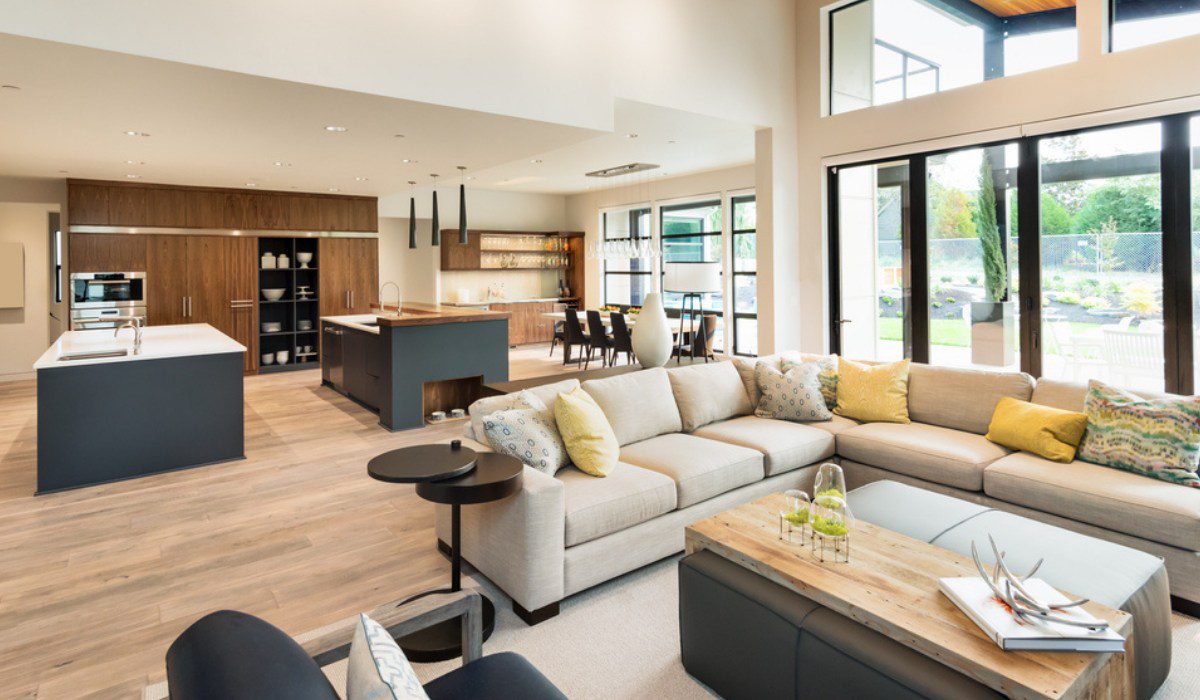
The art of home décor transcends mere aesthetic embellishment; it is a profound act of transfiguring a utilitarian dwelling into a personalized sanctuary, a physical manifestation of individual taste and predilection. Far from being a superficial pursuit, thoughtful interior design profoundly influences psychological well-being, fostering environments that promote tranquility, productivity, and a sense of belonging. The contemporary landscape of home embellishment is rich with innovative concepts and adaptable methodologies, offering a plethora of avenues for both the amateur enthusiast and the seasoned design connoisseur to elevate their living spaces from the prosaic to the sublime.
The Foundational Canvass: Understanding Core Design Principles
Before embarking on the tangible application of décor elements, a fundamental grasp of core design principles is paramount. This intellectual scaffolding provides a framework for harmonious and purposeful interior articulation. One such principle is the judicious manipulation of chiaroscuro, the interplay of light and shadow, which can dramatically alter the perceived volume and ambiance of a room. Strategic placement of illumination sources, both natural and artificial, can highlight architectural features, create focal points, and evoke specific emotional responses. For instance, diffused, warm lighting can imbue a space with a sense of intimate coziness, while stark, bright illumination is conducive to more functional or professional environments.
Another cornerstone is the equilibrium of visual weight. This refers to the perceived heaviness or lightness of an object within a space. A large, dark sofa possesses considerable visual weight, whereas a delicate, spindly side table is comparatively light. Balancing these elements prevents a room from appearing either cluttered and oppressive or sparse and sterile. Achieving this equilibrium often involves juxtaposing dissimilar forms, textures, and scales. Furthermore, the strategic application of color theory is pivotal. Understanding the psychological impact of different hues – how cool tones recede and expand a space, while warm tones advance and imbue a sense of warmth – allows for the creation of desired moods and perceptions of spatial dimension. A monochromatic palette, for example, can create a sense of serene continuity, while a vibrant, analogous scheme can inject dynamism and visual interest.
Curating the Habitation: Furnishing and Embellishment Stratagems
Once the foundational principles are apprehended, the tangible process of furnishing and embellishing commences, transforming theoretical constructs into lived realities. The selection of furniture, far from being a haphazard endeavor, should be a deliberate act of choosing pieces that not only serve a utilitarian purpose but also contribute to the overall aesthetic narrative of the space. Consider the concept of biophilic design, which integrates natural elements and forms into the interior, fostering a connection with the external environment. This could manifest as incorporating abundant plant life, utilizing organic materials like reclaimed wood or stone, or even showcasing naturalistic patterns in textiles. Such integration not only enhances visual appeal but also contributes to improved air quality and a sense of calm.
Beyond furniture, the realm of decorative accouterments offers boundless opportunities for personal expression. Artworks, whether a grand master painting or a minimalist sculptural piece, serve as potent focal points, injecting personality and intellectual resonance into a room. The careful curation of these pieces, considering their scale, color palette, and thematic relevance, is crucial. Furthermore, the strategic deployment of textiles – from sumptuous draperies that frame vistas to textured throws that invite tactile engagement – can significantly impact the sensory experience of a space. Don’t underestimate the transformative power of a well-placed rug, which can delineate zones within an open-plan layout or introduce a much-needed splash of color and pattern. Even the humble cushion, through its fabric, pattern, and placement, can contribute to the overall textural richness and visual interest. Consider incorporating vintage or antique pieces, which often possess a unique patina and narrative, acting as conversational pieces and injecting an element of timelessness into a contemporary setting. This objet d’art integration offers a tangible connection to history and a sense of curated individuality.
The Nuances of Niche Design: Elevating Specific Zones
While overarching design principles are universally applicable, the application of décor ideas often benefits from a focused approach to individual zones within a property. For instance, the bedroom, a veritable sanctum of repose, demands a design ethos centered on tranquility and comfort. Soft, muted color palettes, plush textiles, and intelligent storage solutions that minimize visual clutter contribute to a serene ambiance. Incorporating elements of hygge, the Danish concept of coziness and contentment, through warm lighting, comfortable seating, and tactile textures, can elevate the bedroom into a true haven.
Conversely, the kitchen, a hub of culinary creation and social interaction, necessitates a blend of functionality and aesthetic appeal. Efficient workflow, ample counter space, and durable, easy-to-clean surfaces are paramount. However, this practicality need not eschew beauty. Thoughtful lighting, perhaps with task lighting integrated above work areas and ambient lighting for social gatherings, can significantly enhance the space. The inclusion of open shelving for displaying aesthetically pleasing crockery or verdant plants can add a touch of personalized charm. The bathroom, often overlooked, offers fertile ground for design innovation. Luxurious fixtures, invigorating color schemes, and sophisticated storage solutions can transform a utilitarian space into a spa-like retreat. Even small details, such as elegantly folded towels or a thoughtfully chosen fragrance diffuser, contribute to the overall sensory experience. The deliberate curation of each distinct area within the property culminates in a cohesive and eminently livable whole.